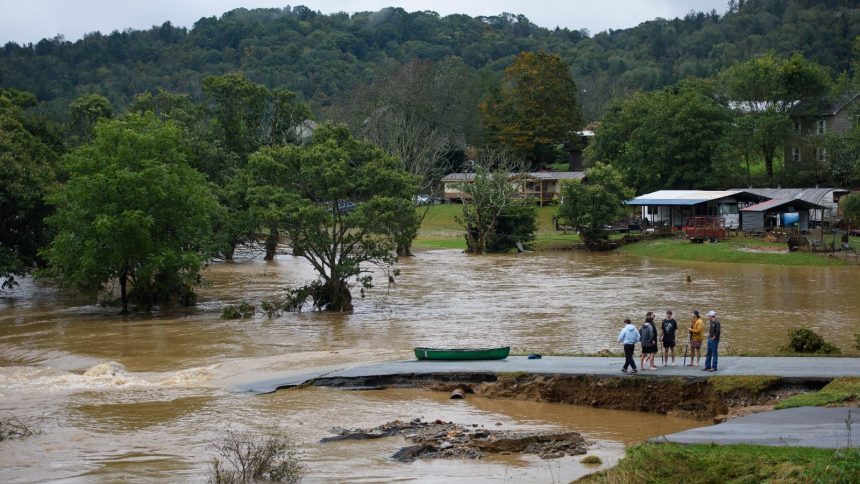Dozens of people lost their lives this week as Hurricane Helene wreaked havoc across the Southeastern United States. The Category 4 hurricane brought heavy rains and a 15-foot storm surge, devastating coastal towns in Florida and causing widespread damage inland in states like North Carolina, South Carolina, Georgia, and Tennessee.
North Carolina Governor Roy Cooper urged residents to “turn around, don’t drown” as the death toll from the storm reached at least 42 people. Florida reported seven deaths, Georgia reported 15, and South Carolina reported 17, with most fatalities attributed to falling trees and debris. In North Carolina, two deaths were reported, including a 4-year-old girl killed in a car crash due to flooding.
Atlanta broke rainfall records, receiving 11.12 inches in 48 hours, leading to over 1 million residents losing power, particularly in southern and eastern parts of the state. Western North Carolina faced dam failures, prompting evacuations, while Tennessee saw more than 50 people stranded on a hospital roof due to heavy flooding.
Scientists linked Hurricane Helene’s severity to climate change, noting that the storm intensified rapidly due to warmer ocean waters in the Gulf of Mexico. The storm caused immense damage to homes, businesses, and infrastructure, with estimates ranging from $15 to $26 billion.
The unprecedented speed of Helene’s intensification raised concerns about the increasing frequency of rapidly intensifying hurricanes in a warming climate, emphasizing the urgent need for climate action.





